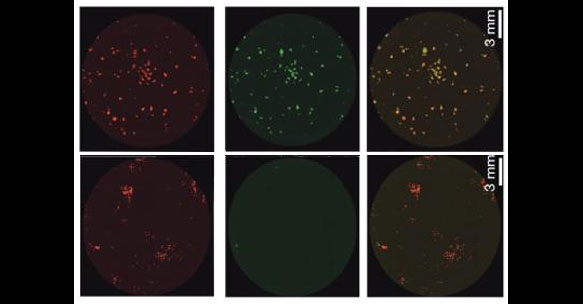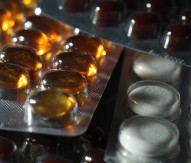
Stem cell reprogramming made easier
Scientists at the Weizmann Institute in Israel have shown that removing a protein from adult cells enables them to efficiently turn back the clock to a stem-cell-like state.
Research undertaken by Dr Yaqub Hanna has revealed the ‘brake’ that holds back the production of stem cells and he found that releasing this brake can both synchronise the process and increase its efficiency from around 1% or less to 100%. These findings may help facilitate the production of stem cells for medical use and advance understanding of the mysterious process by which adult cells can revert back into their original, embryonic state.
Embryonic stem cells are those that have not undergone any ‘specialisation’ and therefore can give rise to any type of cell in the body. The new study reveals the identity of the single obstacle and shows that removing it can dramatically improve reprograming. Yet despite the breakthrough, the reprograming process still faces several difficulties, including taking up to four weeks to complete; unco-ordinated timing among the cells; and less than 1% of the treated cells actually end up becoming stem cells.
The team investigated the protein MBD3, whose function was unknown, but had been expressed in every cell in the body, at every stage of development. The team found that there is one exception to the rule of universal expression of this protein: the first three days after conception. These are exactly the three days in which the fertilised egg begins dividing, and the nascent embryo is a growing ball of pluripotent stem cells that will eventually supply all the cell types in the body. Starting on the fourth day, differentiation begins and the cells already start to lose their pluripotent status and this is when the MBD3 proteins first appears.
Yamanaka used viruses to insert the four genes but, for safety reasons, these are not used in the reprograming cells to be used in patients. This gives the process an even lower success rate of only around 10%. The researchers showed that removing MBD3 from the adult cells can improve efficiency and speed the process by several orders of magnitude. The time needed to produce the stem cells was shortened from four weeks to eight days. As an added bonus, since the cells all underwent the reprograming at the same rate, the scientists will now be able, for the first time, to actually follow it step by step and reveal its mechanisms of operation.
The research appears in the journal Nature and is part funded by the European Research Council.
Picture: Left column: This is the previous method for creating induced pluripotent stem cells (iPSCs). Right column: These are iPSCs produced with the new method developed by Dr Hanna. Top: Skin cells (red); centre: iPSCs from skin cells (green); bottom: superimposed top and centre images. Skin cells that have been reprogrammed into iPSCs appear light yellow. Only a small percentage of the cells on the left have been reprogrammed, in contrast with the high success rate seen with the new method on the right.




